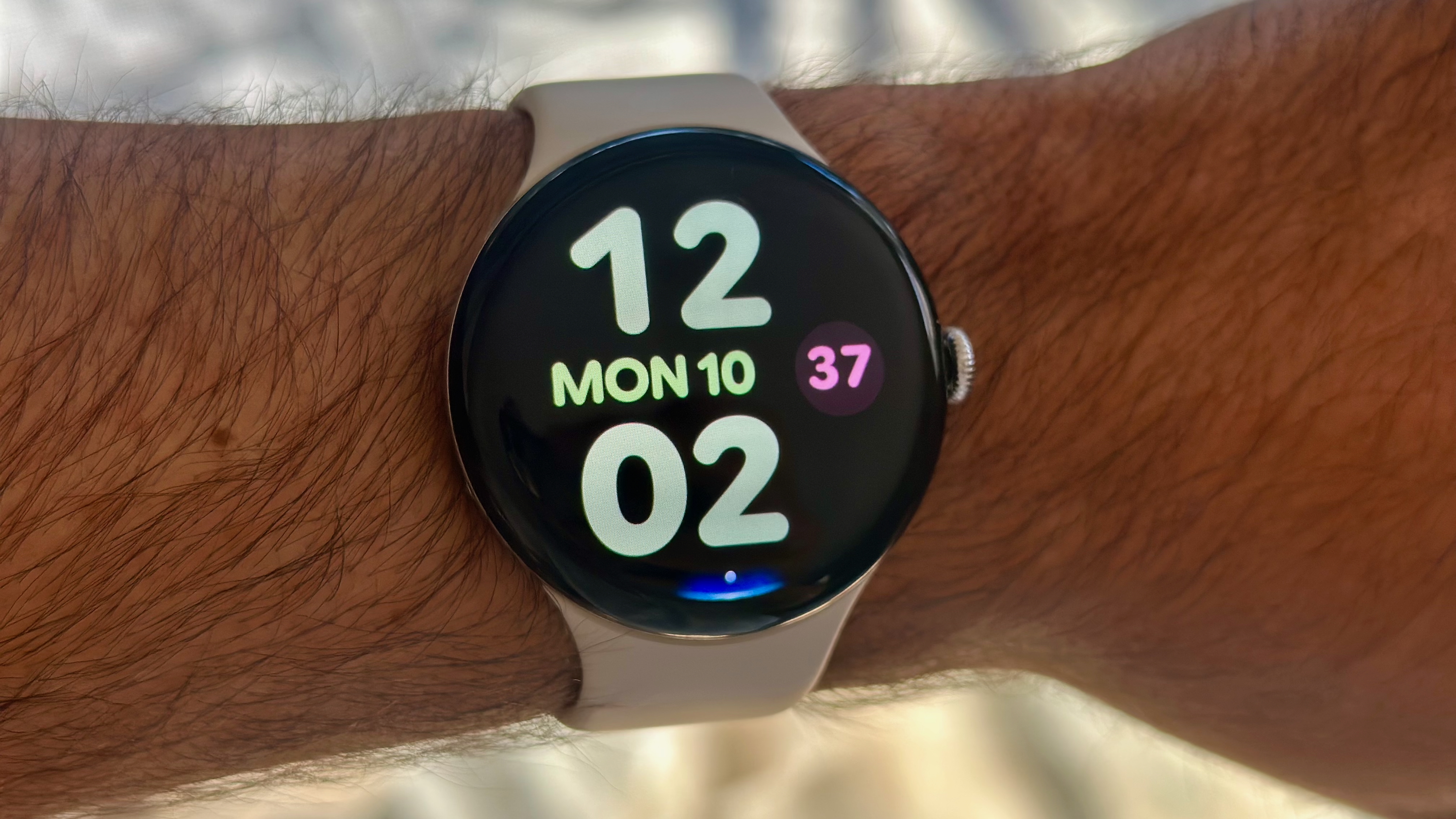Smart glasses are eating VR's lunch, and Meta's 2025 earnings are the proof
Meta's hardware sales revenue is shifting from VR headsets to AI glasses, and it's shaking up Reality Labs in a big way.
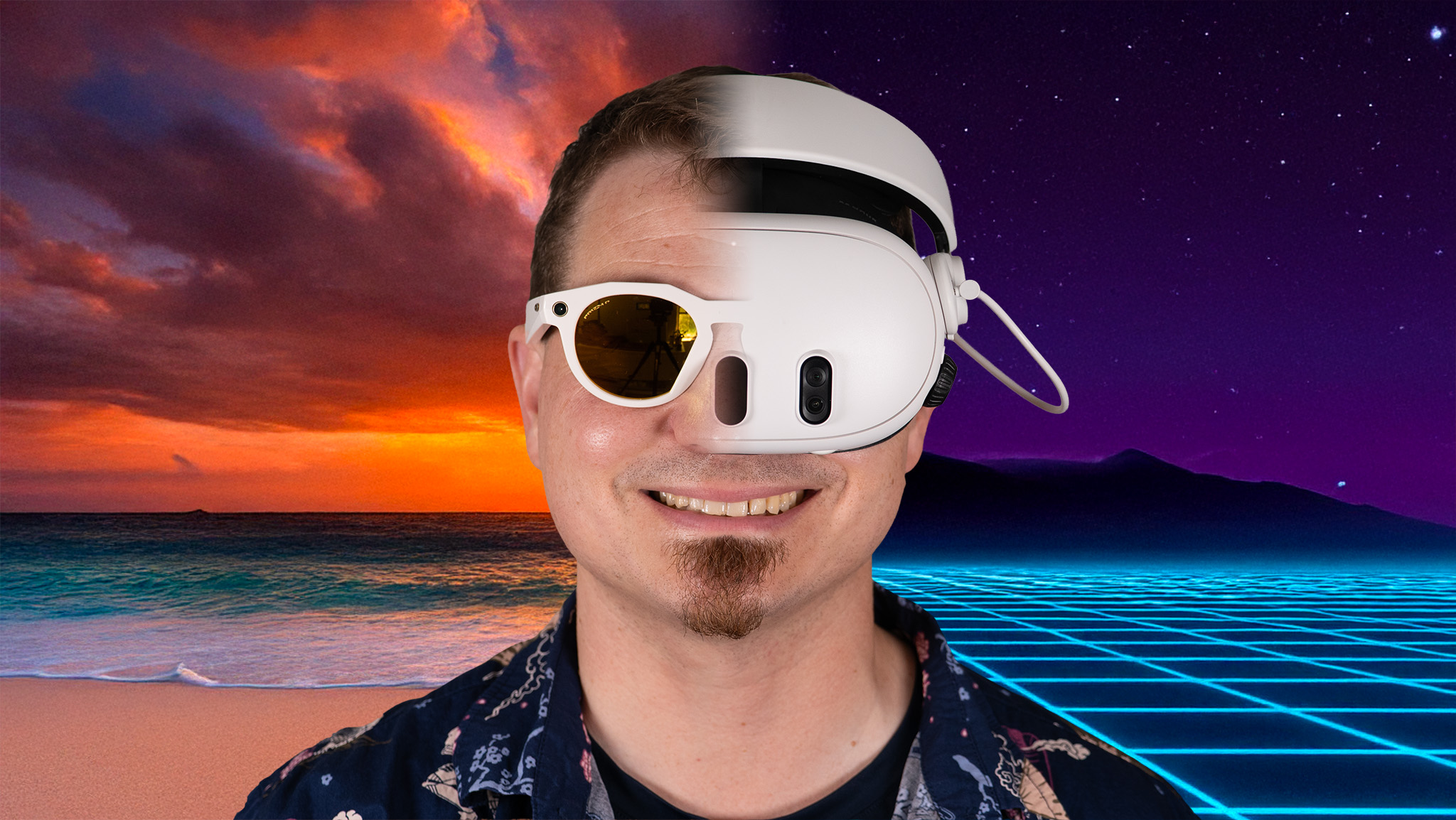
Christmas 2024 might have been a record time of sales for Meta's virtual reality and augmented reality products, but 2025 is proving to be a very different year for the company's Reality Labs division.

In his weekly column, Android Central Senior Content Producer Nick Sutrich delves into all things VR, from new hardware to new games, upcoming technologies, and so much more.
So far in 2025, we've seen two quarters where Meta's CFO, Susan Li, told investors that Reality Labs' revenue was "driven by increased sales of Ray-Ban Meta glasses, and partially offset by lower Quest headset sales." This exact line was delivered nearly verbatim in both the Q2 2025 earnings and the Q1 2025 earnings calls, and it likely cements a shift in consumer interest that we've been seeing since Meta revamped the Quest Store last Summer.
From what we know, the next 6-12 months are going to be huge for Meta's Reality Labs division. We're expecting another pair of Oakley Meta smart glasses based on the Sphaera style, a third generation of Ray-Ban Meta Smart glasses, and the company's first pair of commercially available smart glasses with a screen in the lenses.
Meanwhile, the Quest 4 has been reportedly "canceled" in favor of a radical new design that is supposed to look a lot more like goggles than a traditional VR headset. Since we don't expect this Quest until at least the end of 2026, all hopes are riding on smart glasses to continue to push Meta's XR hardware revenue toward continually better places, especially when Android XR's launch is right around the corner.
Things aren't going as planned
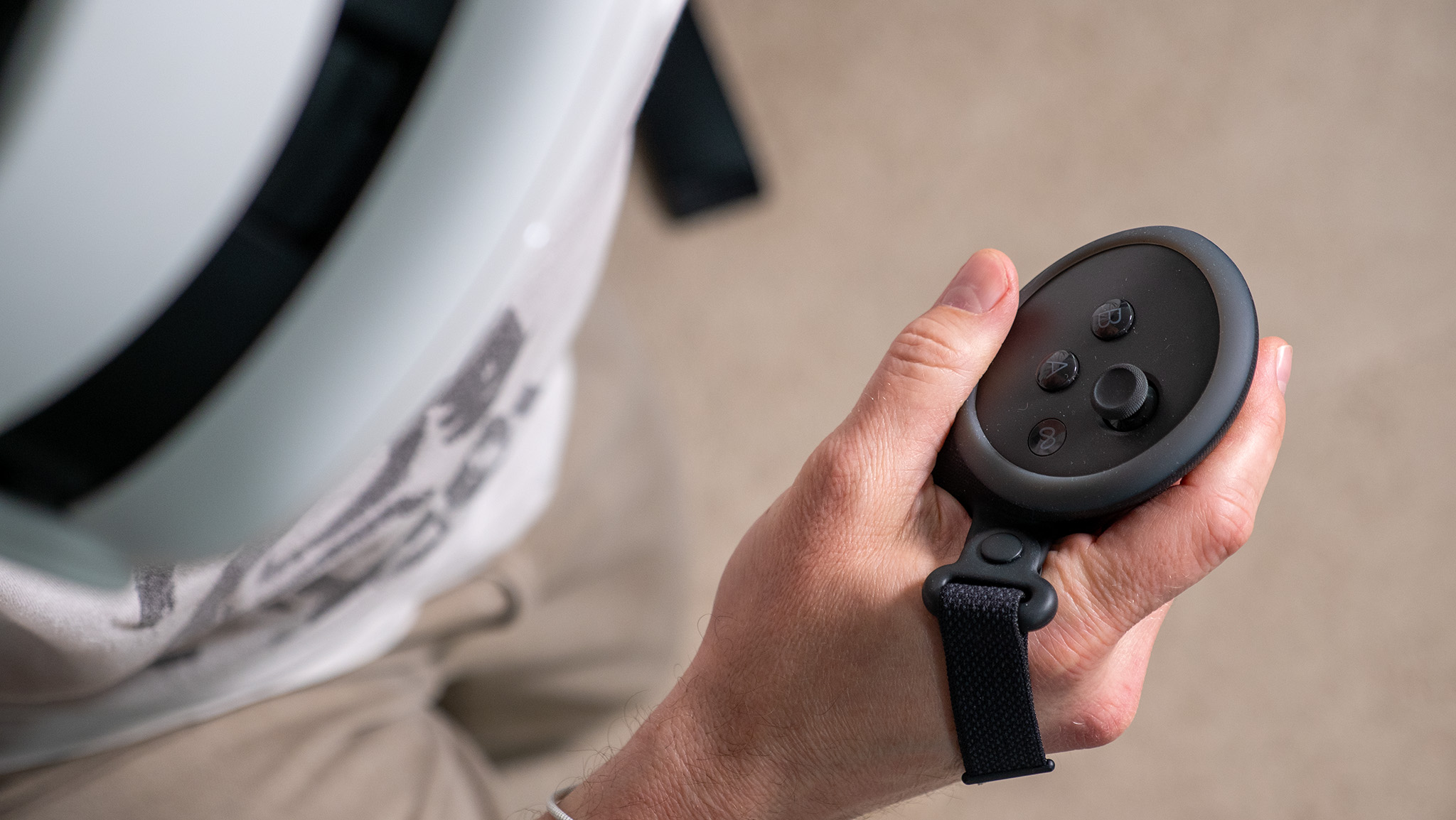
It's clear that Meta's Quest ambitions aren't going as planned. While the Quest 2 was a dramatic entry into the market that outsold the Xbox, the Quest 3 line hasn't seen the same level of success. We don't know what the exact sales numbers are for the Quest 3, but many Quest 3 exclusive games have lower player counts than their Quest 2-compatible counterparts, and Meta's admission of lower-than-expected sales also helps reveal that reality.
The company revamped the Quest store (now called the Horizon Store since it'll eventually be available on non-Quest-branded VR headsets) last Summer, allowing indies to jump straight to the main listings instead of being kept in the App Lab section. Meta has also been more transparent with developers this year, offering up important insights like how to develop for the "Goldilocks" session time and suggestions to push for free-to-play content.
All of this shows that Meta's initial push for big, long AAA-quality games like Asgard's Wrath 2 didn't pan out, but similar titles with big names like Batman Arkham Shadow and the upcoming Deadpool VR show more promise. Plus, the hardware partnership with Xbox has driven a lot of eyes to the Quest brand among gamers, with the Xbox Meta Quest 3S selling out at Meta's website in a matter of days.
Get the latest news from Android Central, your trusted companion in the world of Android
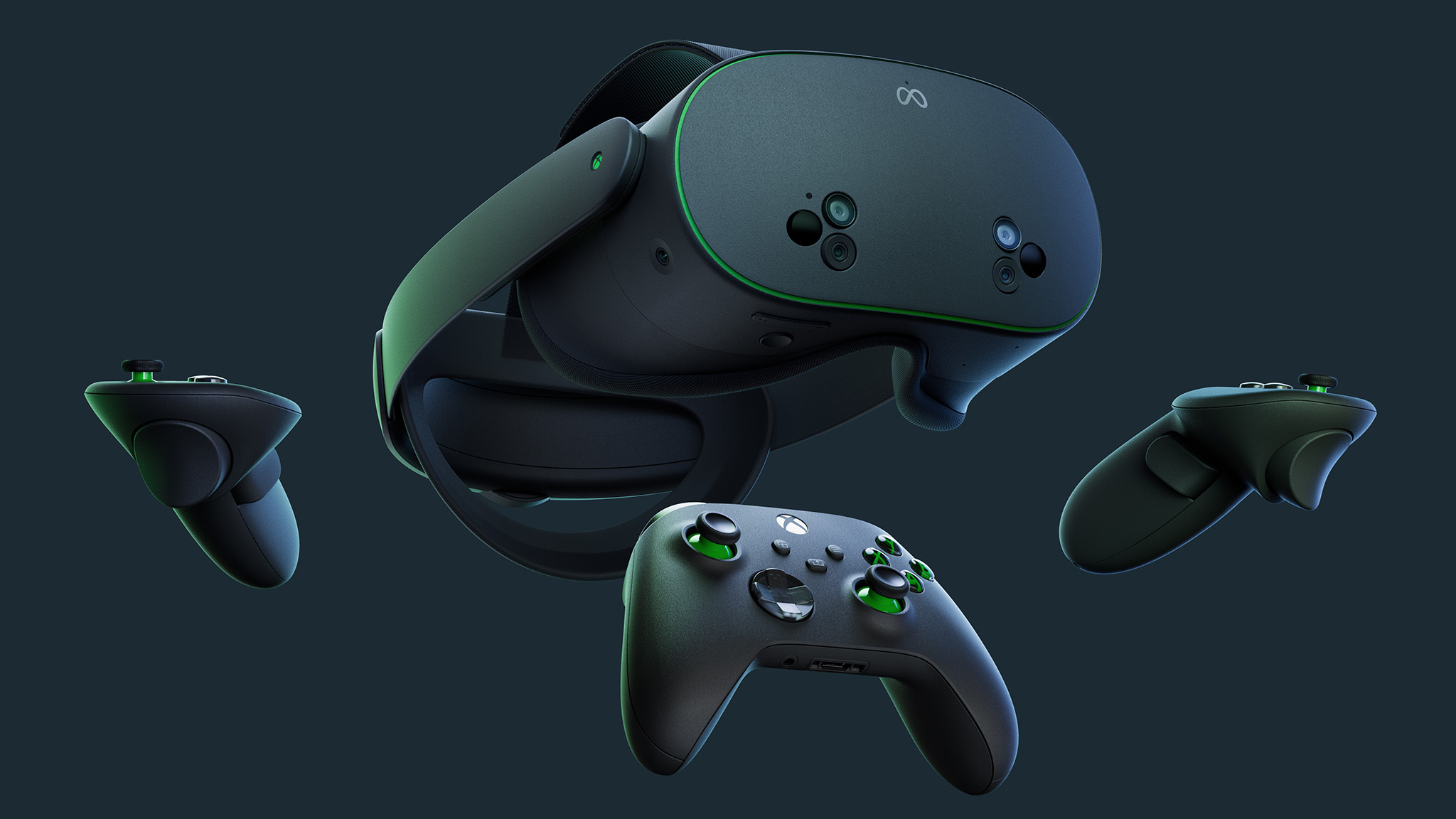
However, maybe more importantly to the company's current goals, AI glasses have proven to be a hit with consumers. As of February 2025, Meta sold over 2 million Ray-Ban Meta Smart Glasses and has ramped up production to sell 10 million a year. Considering these glasses sell for as much as a Meta Quest 3S, on average, and cost a lot less to manufacture, there's reason for Meta and its investors to get excited about 2025.
The recently released Oakley Meta HSTN smart glasses have substantially improved image stabilization and better battery life, and we're expecting even more improvements from the rest of Meta's fall 2025 smart glasses lineup. The company just invested another $3.5 billion into EssilorLuxottica, the parent company behind Ray-Ban and Oakley, with plans to invest even more as both companies release more smart glasses.
But while AI glasses have taken off, I don't believe for a minute that Meta expected to have such success. Meta AI wasn't ready for the initial October 2023 Ray-Ban Meta Smart Glasses launch and didn't even publicly launch until April 2024. At that point, it felt like the product transformed into something completely different, and the sales reflected that over the course of 2024.
Where do we go from here?
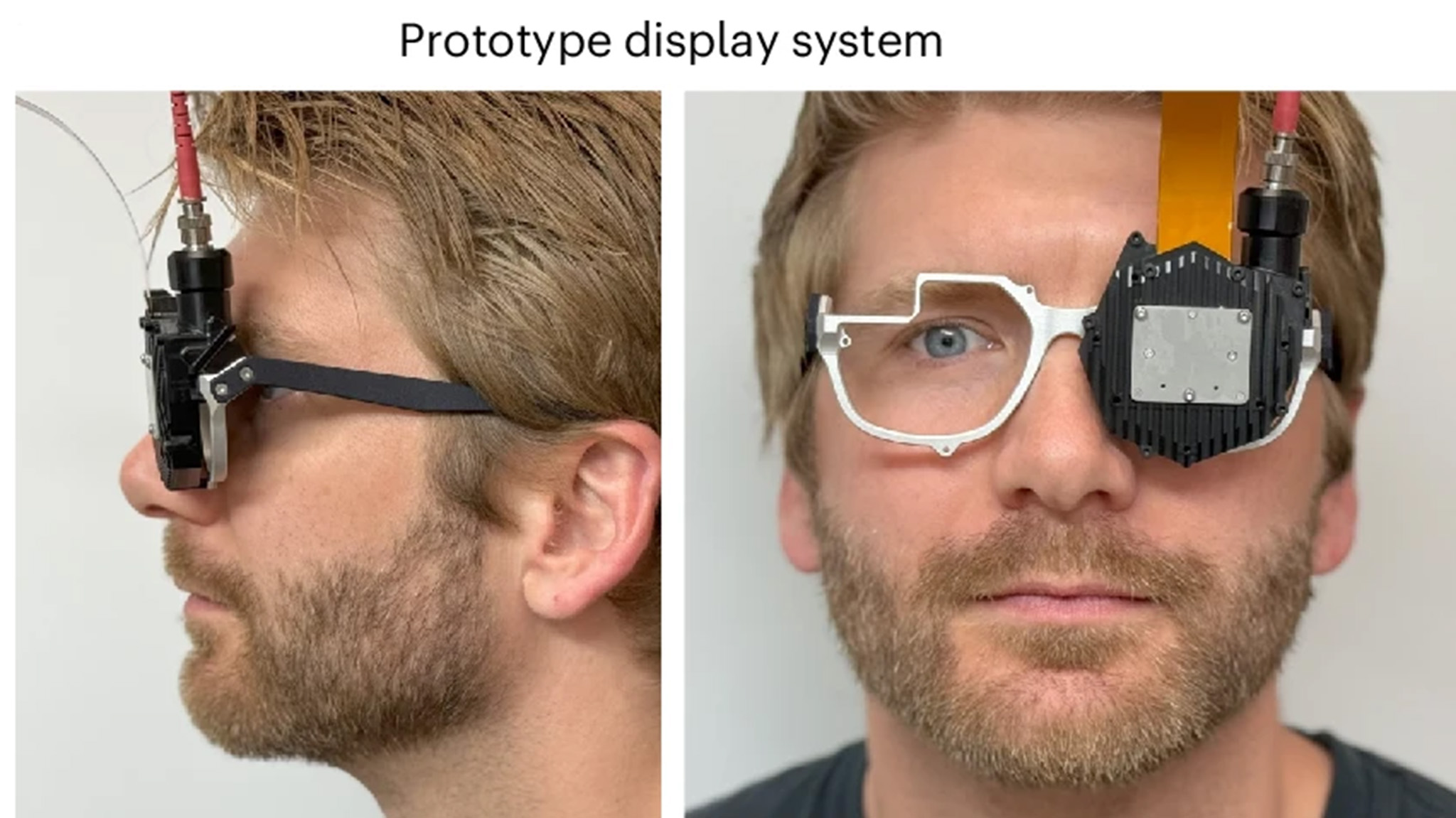
Over the years, a common complaint about VR headsets is that they're too big, too heavy, and too "dorky looking," for lack of a nicer term. While many people have no problem wearing a VR headset, there's still a social stigma that comes with having something that large on your head.
So Meta has pushed to make its VR headsets look more like glasses, and several new prototypes (via UploadVR) give us an idea of what to expect. Something like what you see above is what Meta spends a whole lot of money every quarter developing, and while it's still several years away, the company's investment in the AR/VR industry is helping it deliver commercially available products ahead of the competition.
Even if this particular vision of a standalone glasses-like form factor is still several years out, the current crop of rumors points to the Meta Quest 4 looking more like Meta Orion smart glasses than the current Quest headset design. That seems like a far better way to deliver mixed reality and virtual reality gaming to consumers who don't like traditional VR headset designs and is a real sign of things to come.

Ultimately, the intersection between regular glasses and a VR headset is where Meta is headed for the next few years. "Puffin," the current project hardware that's believed to become the Meta Quest 4, is essentially a pair of smart goggles that weigh less than 100g and have all the battery and computing technology in a pocketable iPod-like device.
Compare that to the current Quest 3, which weighs just over 500g, and you'll understand the difference this is going to make. Until that happens in late 2026 or early 2027, though, Meta is going to be sending a barrage of smart glasses in multiple form factors and price tags to see what sticks.
Will Meta Hypernova, with its single-lens display and sEMG gesture bracelet, catch on at a smartphone price level, or are consumers mainly interested in these glasses because they don't cost much more than a normal pair of Ray-Bans? We'll find out in less than 12 months, that's for sure.

You must confirm your public display name before commenting
Please logout and then login again, you will then be prompted to enter your display name.
